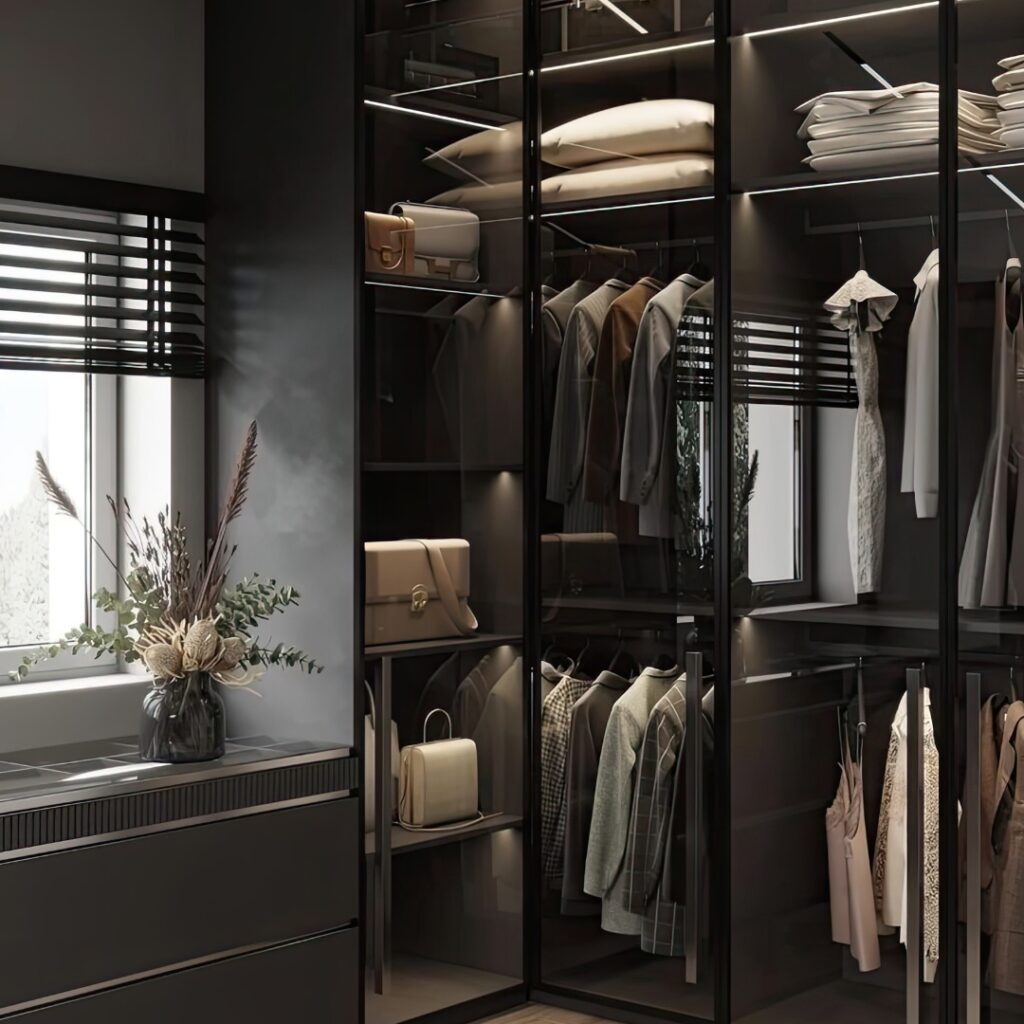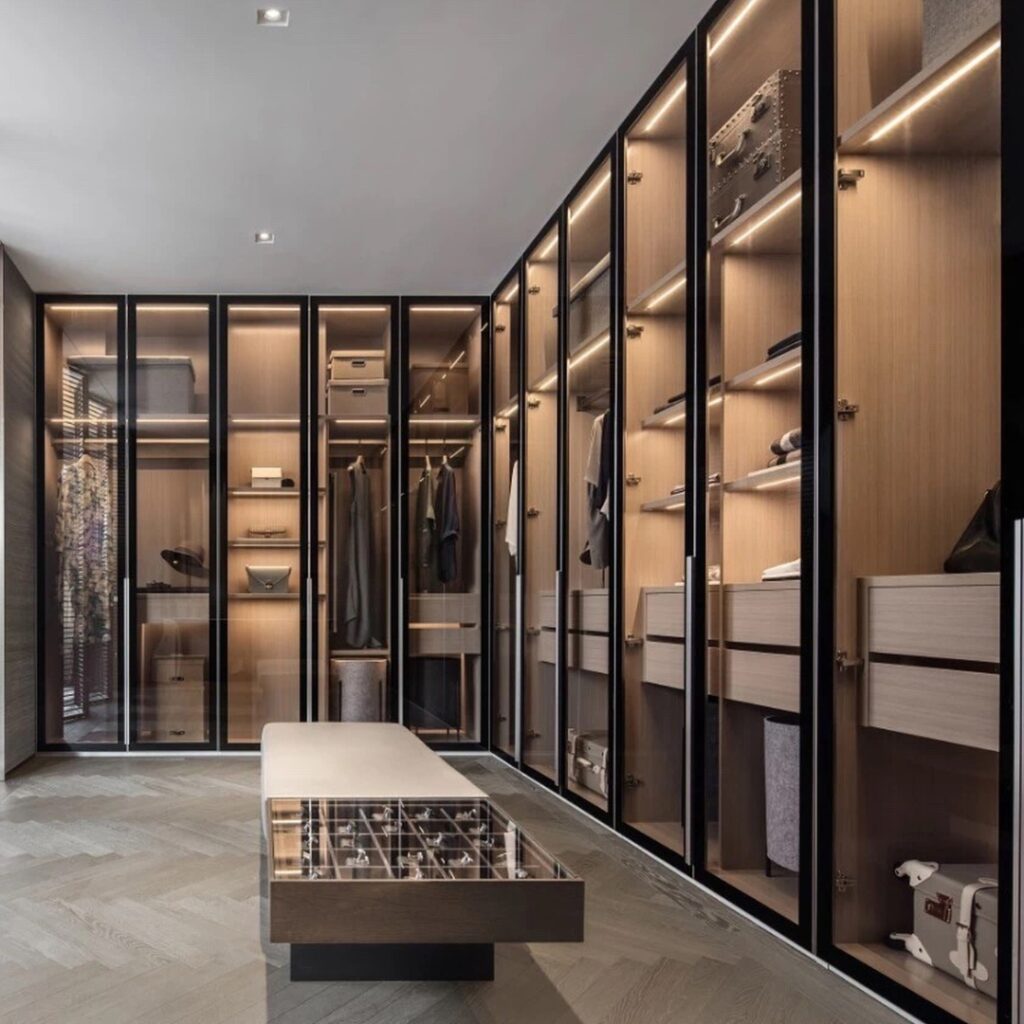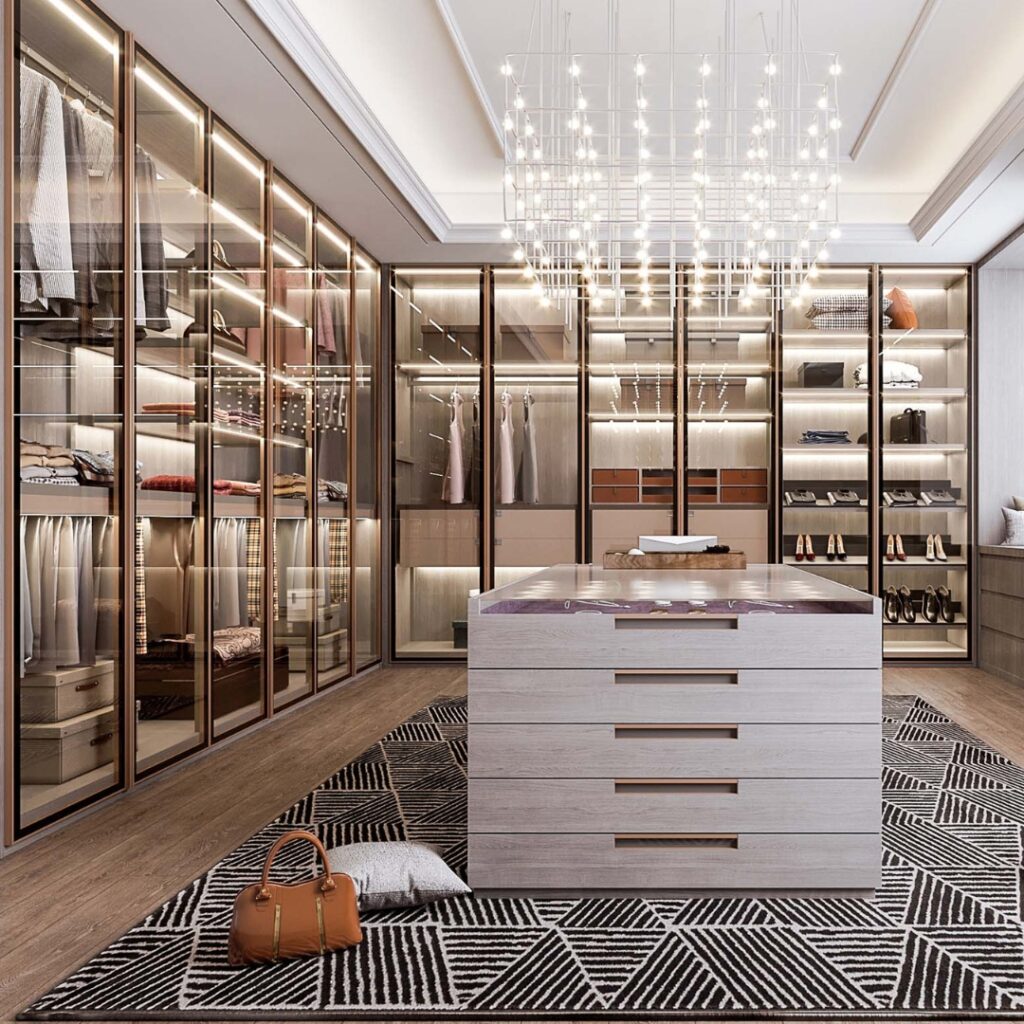
Storage and wardrobe refer to the furniture or space used to store and organize clothing and other personal items. A wardrobe is a tall cabinet or closet used for hanging clothes, while storage can refer to a variety of different types of furniture or spaces such as drawers, shelves, and boxes used for storing items. Both storage and wardrobe options come in a wide range of styles and sizes to suit different needs and preferences. Additionally, there are various materials used for storage and wardrobe such as wood, metal, plastic, and more.
When choosing a wardrobe design, there are several factors to consider:
It’s important to consider all of these factors carefully before making a final decision to ensure that you choose a wardrobe design that meets your specific needs and preferences.

There are several types of wardrobes, including:
When designing a wardrobe for a kid’s bedroom, there are a few key things to consider:
It’s also important to involve the child in the design process as much as possible so they feel a sense of ownership and responsibility over their wardrobe.

The cost of a wardrobe design can vary greatly depending on a number of factors, including the size of the wardrobe, the materials used, the complexity of the design, and the location of the project.
It’s best to consult with a professional wardrobe designer to get a better idea of the cost of your project. They can provide you with a detailed cost estimate based on your specific needs and preferences.

Vastu is an ancient Indian system of architecture and design that incorporates elements of traditional Hindu beliefs and principles to create a harmonious living environment. When it comes to storage and wardrobe, there are a few Vastu principles to consider:
It is important to note that Vastu Shastra is a traditional Indian practice, and it’s always best to consult with an expert before making any major changes to your home. Additionally, these principles may not be suitable for all cultures, religions, and regions.





Choose interiors designed with superior quality material, leaving no room for defects.

Get beautiful interiors for your new home in just 45 days. That’s our delivery guarantee.

Explore design ideas and co-create your dream home with our experienced designers

Complete your design journey and get unwavering support from our dedicated care team.

WhatsApp us